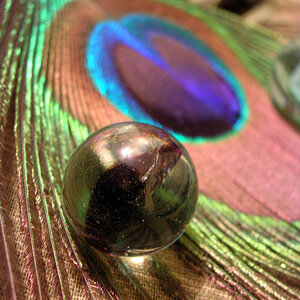Derrel
Mr. Rain Cloud
- Joined
- Jul 23, 2009
- Messages
- 48,225
- Reaction score
- 18,941
- Location
- USA
- Website
- www.pbase.com
- Can others edit my Photos
- Photos OK to edit
Well, I stopped by and looked at your smugmug stuff. Overall, it looks like your compositional approach is random and unstudied, and not really in tune with visual communication principles like design elements or compositional strategies. You have a number of bad compositions that have large, empty areas that work against the photos. You do however have some photos that work, but it appears random. I sense that you are developing your eye, but are not trained in the best ways to frame and compose pictures using the narrow and short 3:2 aspect ratio that most d-slrs offer. It is actually a TOUGH format to shoot in. In fact, the SQUARE format is the easiest way to get BETTER compositions, especially of simple subjects, and reportage-like photos, like say, a woman and her baby, shot as a record of how they appeared at a moment in time. The square format lens itself very well to centering the subject in the frame, and shooting! I am not kidding. Relating this together, I suggest starting t crop photos in post much more-often than you do currently. Crop, crop,crop! "Find" the best picture within the captures you make.
The second issue I would list is poor lighting indoors, and sort of related to that poor lighting situation, a related issue your photos seem to show is shallow depth of field/missed focus. All sort of interrelated because dimmer, indoor light can lead to wide-open lens aperture settings, and lower light, and difficulty focusing, and of course, limited depth of field due to 1_wide lens openings 2)marginal focus performance of the camera/lens and 3) subjects actually moving a bit. The woman and baby for example, have some odd lighting. I think the best thing would be to learn how to use a powerful, TTL-capable, high-grade speedlight flash, like the Nikon SB 700,800, or 900, or 910 models, or failing that, one of the Yongnuo knock-offs. Neil Van Nierkirk's web sites/blogs would be the place I would start, to learn how to use BOUNCED flash, elevated ISO levels, and smaller apertures, like say f/5.6, to be able to simulate ambient lighting through the careful, skilled use of electronic flash supplementary light. I think you need to learn how to use flash in the truly modern, advanced ways that Neil teaches people about.
The second issue I would list is poor lighting indoors, and sort of related to that poor lighting situation, a related issue your photos seem to show is shallow depth of field/missed focus. All sort of interrelated because dimmer, indoor light can lead to wide-open lens aperture settings, and lower light, and difficulty focusing, and of course, limited depth of field due to 1_wide lens openings 2)marginal focus performance of the camera/lens and 3) subjects actually moving a bit. The woman and baby for example, have some odd lighting. I think the best thing would be to learn how to use a powerful, TTL-capable, high-grade speedlight flash, like the Nikon SB 700,800, or 900, or 910 models, or failing that, one of the Yongnuo knock-offs. Neil Van Nierkirk's web sites/blogs would be the place I would start, to learn how to use BOUNCED flash, elevated ISO levels, and smaller apertures, like say f/5.6, to be able to simulate ambient lighting through the careful, skilled use of electronic flash supplementary light. I think you need to learn how to use flash in the truly modern, advanced ways that Neil teaches people about.



![[No title]](/data/xfmg/thumbnail/42/42059-61b97bbebb00e6276672551f4e3b3e43.jpg?1619739995)
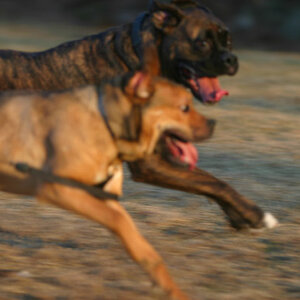
![[No title]](/data/xfmg/thumbnail/35/35932-28690c4fc247cf491230e47fc70ebeb5.jpg?1619737235)
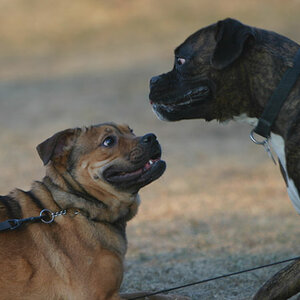
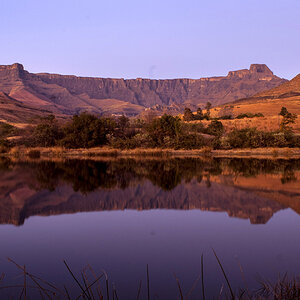
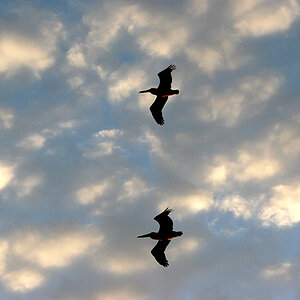
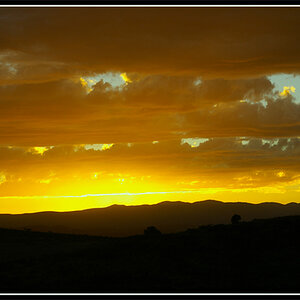


![[No title]](/data/xfmg/thumbnail/35/35946-771bfce9b2727c9126587d96c471da80.jpg?1619737254)
